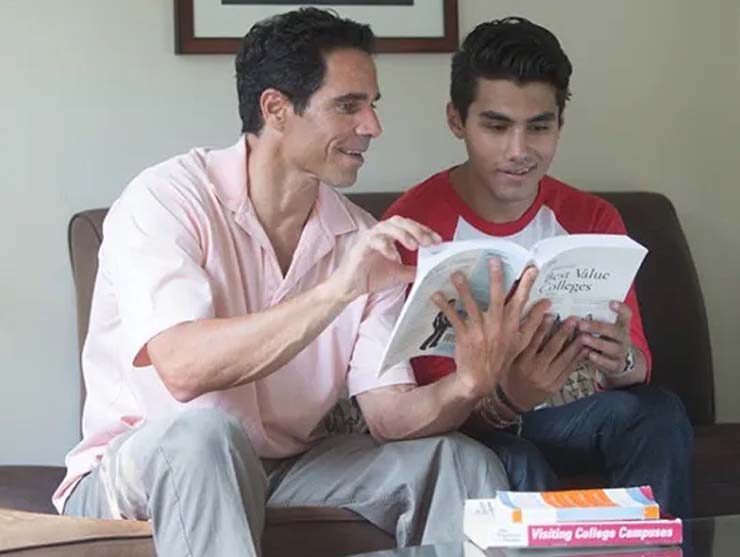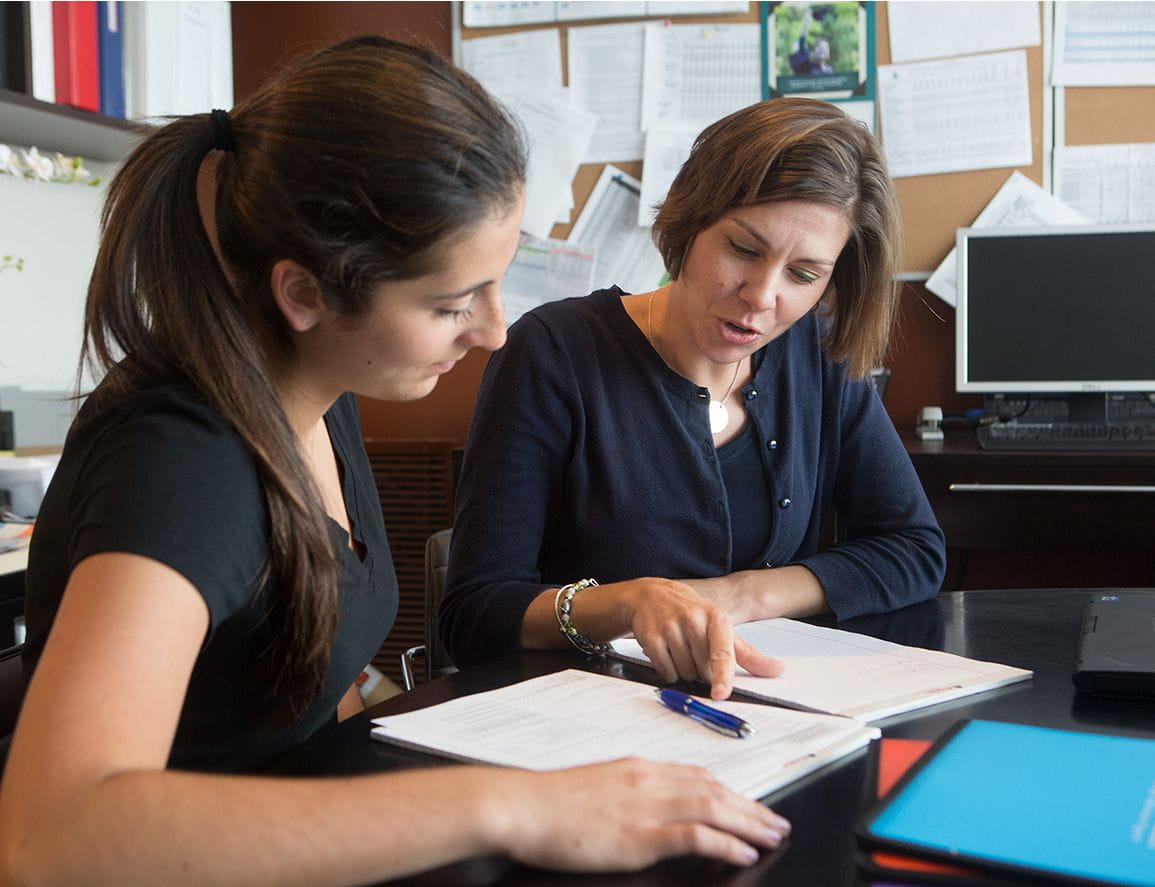Your Seasonal College Visit Checklist
This summer, families around the country will be filling up the gas tank or boarding a plane to visit colleges around the country. Because students and parents have so much flexibility in their schedules, and because you can pair college visits with vacation time, summer is one of the most popular times to see colleges. But is it the best time? Maybe not. When you see a college can seriously affect what you think about that college. At Reed, we used to give out popsicles to students on our summer tours—not exactly common practice in rainy Portland, Oregon! Following are some ideas and strategies to keep in mind as you prepare your schedule for college visits this year.
Summer Visits
Summer weather makes for gorgeous photographs and relaxed staff, but it’s hard to get a sense of what your experience might be like during the academic year. If you’re going on a summer visit, try to see as many buildings as you can to develop a sense of the place. Talk to professors you find on campus and interact with all the student workers who are available. There are precious few perspectives from which to gauge the student experience, so you’ll want to take advantage of whatever you can. Be sure to ask what the weather is like between September and May, and try to get a sense of where students congregate, what they share in common, and what a “typical day” might feel like in a given major.
Open Houses & Other Special Events
When visiting during an open house, keep in mind that you are the priority for the entire campus for that day or weekend. Admissions will be the department that arranges your visit, but you can expect “all hands on deck” from the rest of the campus. Faculty will throw their expertise into the mix to attract the brightest students, and current students will be itching to help introduce their school to the new recruits. If you’re attending with multiple parents, divide and conquer. See as many events as possible, go on separate tours (with separate guides), and compare notes when the day ends. One person can’t be in two places at once, but one family can. Set a plan by looking at the schedule before you arrive and then executing it when you get to campus. And try to wander off the beaten path at events like this. See if you can talk to random students in the dining hall or in the quad. You’ll want to get as authentic a picture of the school as possible, and interacting with those who aren’t quite as motivated to volunteer might give you a better sense of the typical student.
During the Academic Semester
It might be a little harder to get to campus during the fall, but visits during the academic year are terrific: nobody is in a special mood, the red carpet stays in the closet, and you can try and blend in a little more with other visitors. For seniors visiting small schools in particular, a class observation is essential. If you’re planning far enough ahead, ask what day of the week might have the widest range of classes open to students, and whether there’s a particular day where a student could sit in on two classes. At my alma mater, Mondays were always the best days to visit because classes were just an hour long and there were so many of them. Usually the admission office coordinates these visits, so you’ll want to go through them whenever you make your reservation. (It’s also just a good idea to let them know you’re coming so they can track your visit, noting “demonstrated interest” that could be a positive in the admission decision in the fall.)
Even on a fall visit, talk to as many students as possible while also getting the “official” admissions spiel. You want to see what a college thinks it is and wants to be (official) while also getting a sense of your own interpretation of the atmosphere, mission, and general feel of the place (actual). If the polished and unpolished ideas of the campus jibe with one another, you’ve found a college that knows and expresses its ideals, and that’s perhaps the most authentic kind of place.





